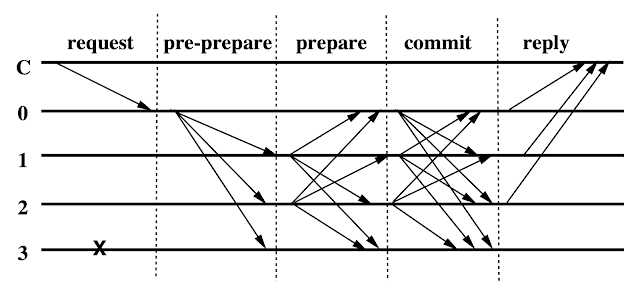Future of work
A week or so ago, I told you I wanted to brainstorm about the future of work . Well, here it is for what it is worth. Work wants to be free/liberated As liberties progress and more welfare is created, our expectations move higher up in Moslow's hierarchy . We are not satisfied with achieving bare survival by means of our work, and we want to thrive, flourish, and express ourselves via our work. We long to have more autonomy and freedom of choice and expression in our work. We like to pursue our own enterprises as part of our work. We already see things moving away from the traditional industrial model with company loyalty, closer to this type of model. In software field, which is well off compared to others, people switch jobs frequently, and try to build their own brands/niches, and demand fulfillment from their work. As these trends shape the future of work, we will see a growing gig economy that is served/supported by algorithmic platforms. Some primitive examples of th...





